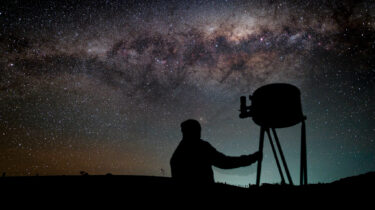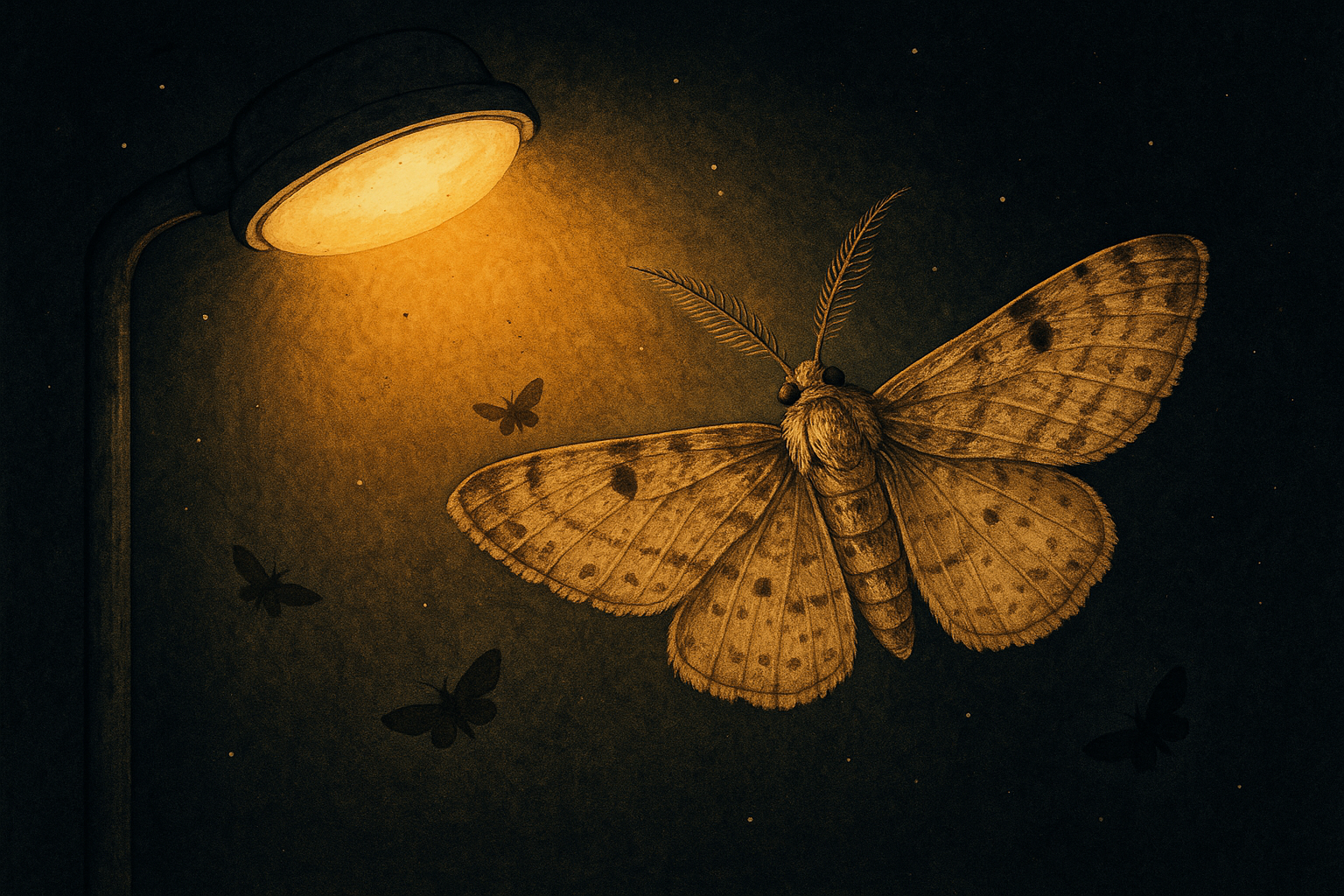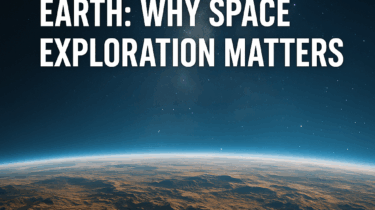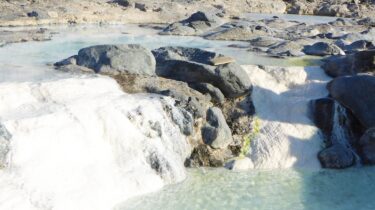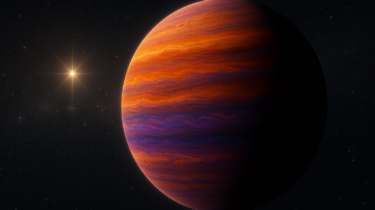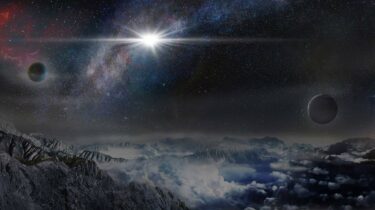Will we radically alter the human condition to explore space?
By Graham Lau, Senior Research Investigator at BMSISOriginally published at The Cosmobiologist. In 1960, Manfred Clynes and Nathan Kline introduced the term “cyborg” in their article “Cyborgs and Space,” where they proposed that modifying human physiology to endure extraterrestrial environments might be more practical than recreating Earth’s conditions in space. The concept of terraforming had already been around for some time, but as our technologies have grown so has the potential that we could re-engineer the human form itself to make space […]
Read more

